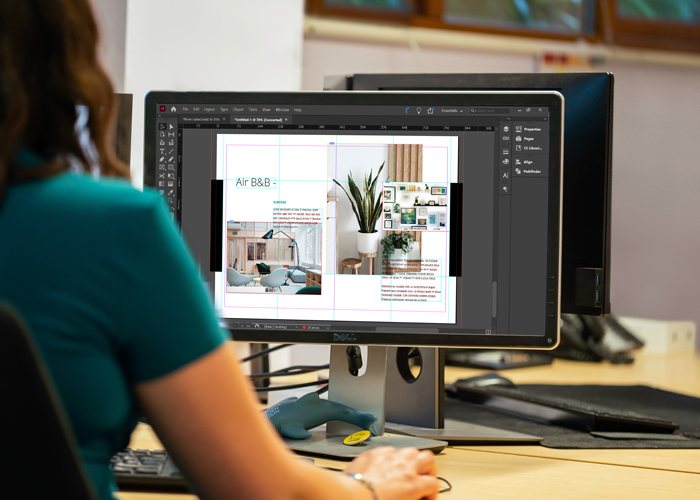Is your portfolio up to scratch?
Is your portfolio up to scratch? So often a designer’s portfolio remains untouched until you find yourself in need of new work, or your next career step, by which time it is often difficult to know what a potential employer might be looking for from your portfolio and it’s presentation.
Who better to take us through 8 tips for making sure that your portfolio helps you secure your dream job than Elizabeth Lane, highly accomplished Partner at RPW Design.
Elizabeth Lane has been vital in the maintenance of RPW Design’s reputation; an Interior Design studio where beautiful interiors and operational functionality work in complete harmony. Elizabeth guides the teams throughout the design process to deliver first class outcomes suiting diverse projects goals. From luxury city hotels, to countryside golfing venues and exclusive private clubs, Elizabeth has an extensive understanding of hospitality operations, having worked for many years as a design manager for a major international brand.

1. The beauty of having a portfolio to show during an interview is that it a great tool to help you talk about the things that you are passionate about, highlight your knowledge of the industry as well as the experience that you have had. So think about all those things when you are putting it together.
2. Have a consistent graphic presentation style but be careful that it is not over fussy. The style can reflect your character but it is there primarily to highlight not detract from your work examples.
3. Don’t make it too long, consider that you will have to present it in an interview and practise how long it will take to go through. It is ok to have highlights from projects not necessarily the whole thing, it is better to have fewer images that are clear and make the most of what you are showing rather than lots of small images that lose impact and detail.
4. Show a variety of projects to demonstrate an ability to adapt to a variety of differing client briefs. If you do not have a long work history try and include things that highlight flexibility of taste.
5. Make the order logical – as with your CV start with your most recent experience and work backwards. Project examples should follow the steps from start to finish and if you have any before and after photos that can be included that will be a bonus.
6. Showcase any particular skills that are relevant for example – if you sketch add some examples.
7. Think about how you will present your portfolio in an interview, make sure you orientate it to the interviewer so they are not trying to look at it upside down.
8. You are essentially presenting to a Client so be succinct and clear. Be honest about what is your work, employers will quickly work out what you have done so be honest. For example if an external company produced the visual you are showing that’s ok because you can talk about the process of co-ordinating the information to get the result.
Contact RPW Design
With an impressive collective global experience and portfolio of projects and awards, RPW Design is renowned for its technical prowess and sensual alchemy. Each project RPW Design undertakes is unforgettable for its coherence and elegance. The practice offers a full range of design services from conceptualisation, planning, design development and documentation to project management on site. Whether it is a five-star urban hotel, the conversion and restoration of a listed building, a cruise ship, new resort or a restaurant, each project is met with passionate pragmatism.





